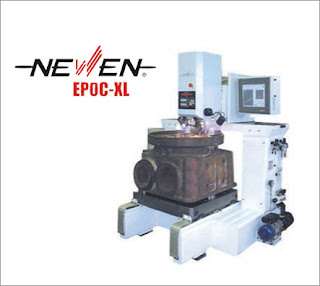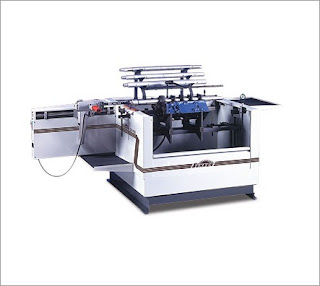Often
people misinterpret and miscalculate the procedure of honing engine blocks and
this is the biggest reason why we have come up with this post describing the entire
process of honing and some facts related to it. Let us start by understanding
what the process of honing is all about.
WHAT IS THE HONING PROCESS LIKE?
- According to the experts, it is basically a process through abrasion and is conducted after reaming, turning (polishing), milling internal rectification, etc.
- The reason why this process is conducted is that it helps in providing an accurate geometry of the machine as well as good super fiscal finishing.
- The top feature of this process of honing engine blocks is its speed and that it can give you more precise finishing as compared to other processes.
The Next Question That We are Going to Discuss is When to Hone.
- This entirely depends upon the requirements of specific gears and blocks and based on that, the experts engage in the process at various stages of the manufacturing process.
- For this, they can bring into use three different kinds of systems provided by the honing equipments suppliers.
- You will see that mostly parts are honed after hobbing.
- However, the blanks for extremely tight-tolerance gears and blocks can be honed both before and after hobbing.
- One more thing is that if parts are heat treated, they will be honed afterwards to make sure that even the slightest of shrinkage is covered.
- For all these processes, they use aluminium oxide tools on these machines in several different configurations.
- The configurations to be used in the process of honing engine blocks basically depend upon whether the bore is blind, keyed, etc.
ADVANTAGES OF HONING
- Improvements in the surface
- Bigger productivity
- Constant and accurate operations in the geometry and diameter of the hole
- Precise tolerances
- Better concentricity
- Oil consumption decreases
- Roundness correction
- Tool setup gain
- Better cost X benefit
- Bigger removal power, eliminating possible overload in the machine









